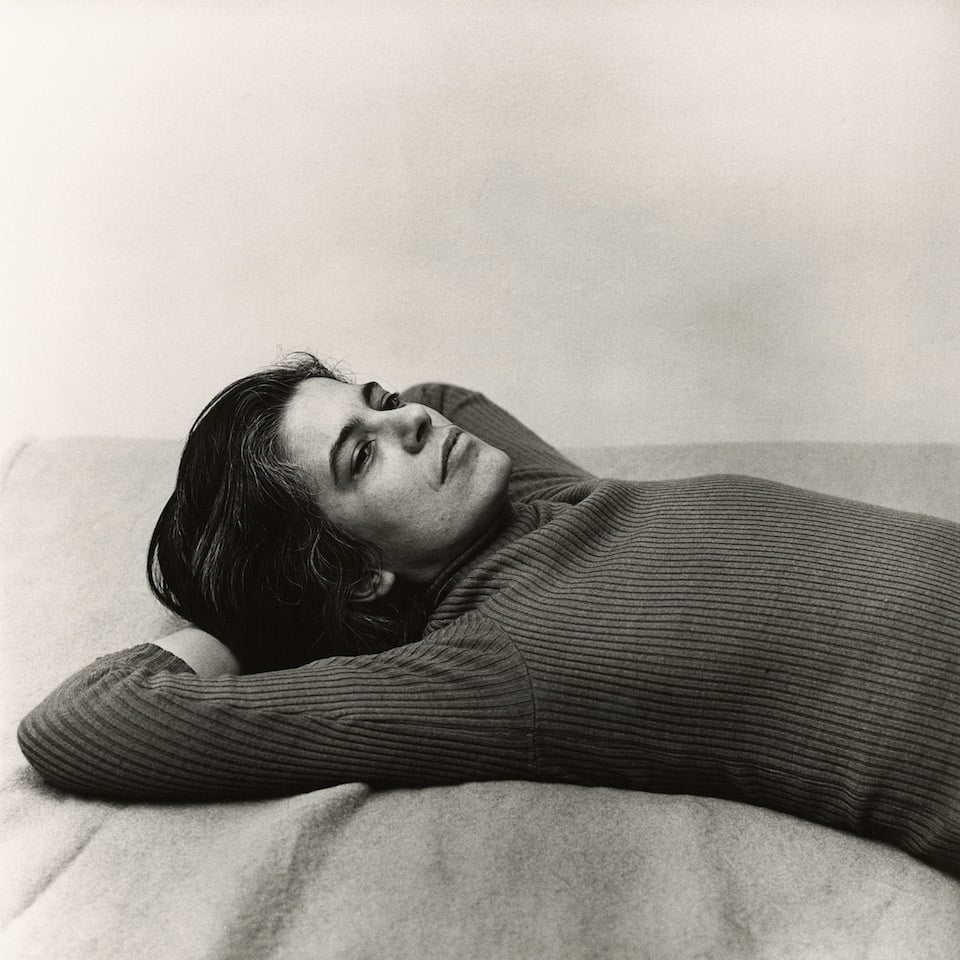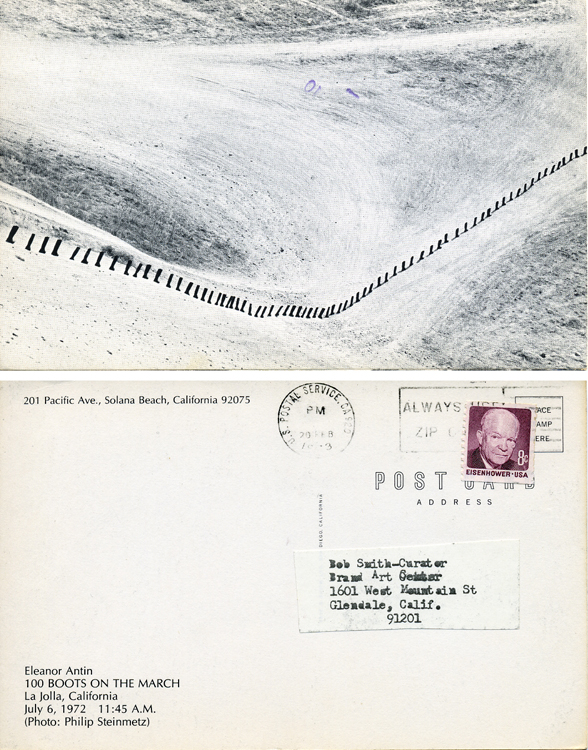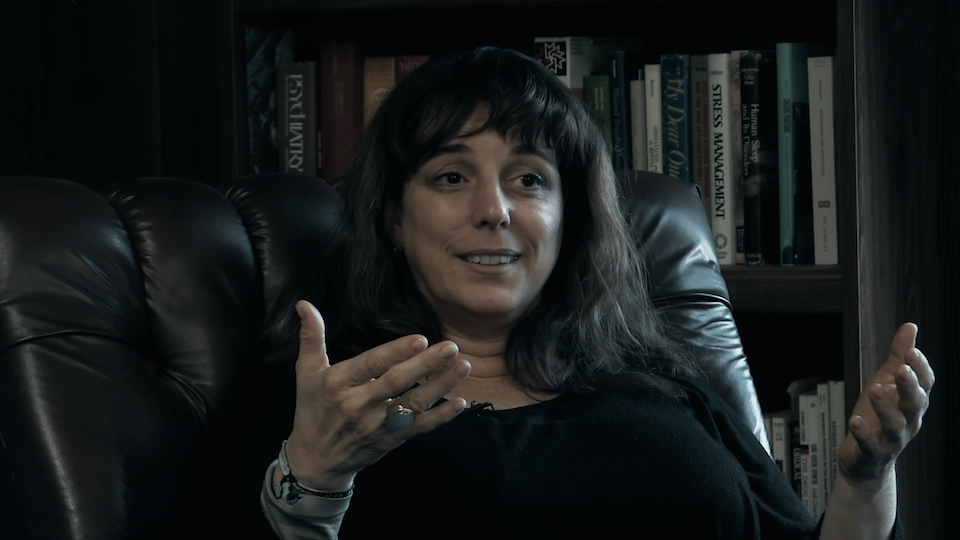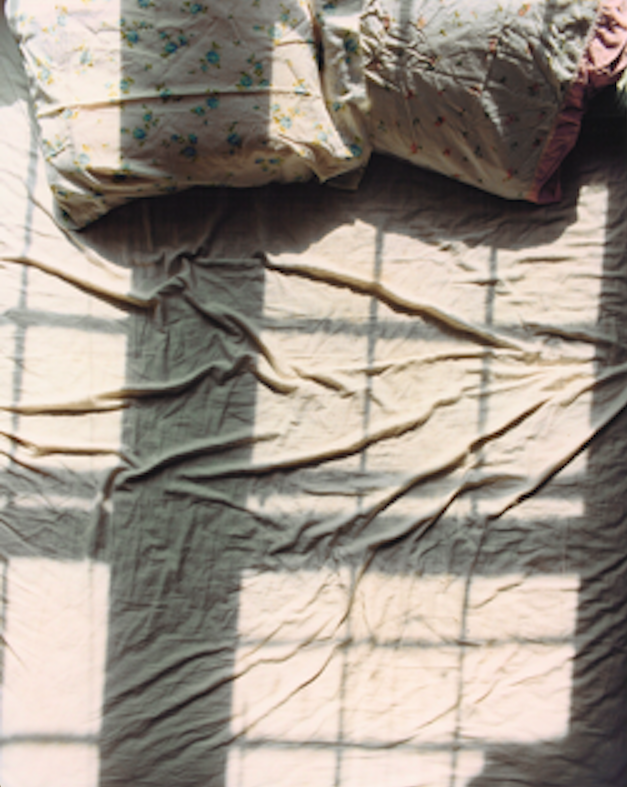Silhouette in the Graveyard
2018 - Film & Video (Film & Video)
1:22 minutes
Chitra Ganesh
Silhouette in the Graveyard is part of a suite of animated videos by Chitra Ganesh titled The Scorpion Gesture . All five videos incorporate figures and themes from Buddhist mythology and dialogue directly with artworks from the Rubin Museum, for which the videos were originally produced.? The central figure of Silhouette in the Graveyard is Maitreya, the Future Buddha, whose arrival on Earth was prophesied to usher in a new age. Merging digital animation and imagery from contemporary news media, the video depicts Maitreya’s evolution and movements through psychedelic and celestial landscapes while their silhouette mirrors news footage of civil protest, natural disasters, violence, and suffering. Ganesh’s video draws parallels between the myth of Maitreya’s apocalyptic arrival and the social, political, and ecological crises of contemporary life. As it is now commonplace to be inundated daily with imagery of turmoil, unrest, and catastrophe, the artist observes that the chaos associated with Maitreya’s accession offers an analogy for the varied forms of upheaval that saturate the news and social media.
Spanning printmaking, sculpture, and video, Chitra Ganesh’s work draws from broad-ranging material and historic reference points, including surrealism, expressionism, Hindu, Greek and Buddhist iconographies, South Asian pictorial traditions, 19th-century European portraiture and fairy tales, comic books, song lyrics, science fiction, Bollywood posters, news and media images. The process of automatic writing is central to the practice of the Indian-American artist and emerges from dissecting myths to retrieve critical moments of abjection, desire, and loss. By layering disparate materials and visual languages, Ganesh considers alternate narratives of sexuality and power.
Colors:
Related works of genres: » feminist artists, » lgbt artists from the united states

© » KADIST
Glenn Ligon
2000Glenn Ligon’s diptych, Condition Repor t is comprised of two side-by-side prints...

© » KADIST
Juliana Huxtable
2017Herculine’s Prophecy by Juliana Huxtable features a kneeling demon-figure on what appears to be a screen-print, placed on a wooden table, which has then been photographed and digitally altered to appear like a book cover, with a title and subtitle across the top, and a poem written across the bottom...

© » KADIST
Peter Hujar
1975Susan Sontag, the author of On Photography and Regarding the Pain of Others, was captured through Hujar’s now-iconic photograph in a relaxed yet pensive pose...

© » KADIST
Eleanor Antin
1973Comprised of fifty-one photographic postcards, Antin’s 100 Boots is an epic visual narrative in which 100 black rubber boots stand in for a fictional “hero” making a “trip” from California to New York City...

© » KADIST
Lynn Hershman Leeson
2016Tania Libre is a film by Lynn Hershman Leeson centered around renowned artist Tania Bruguera and her experience as a political artist and activist under the repressive government of her native Cuba...

© » KADIST
Lynn Hershman Leeson
2007Lynn Hershman Leeson’s genre-bending documentary Strange Culture tells the story of how one man’s personal tragedy turns into persecution by a paranoid, conservative, and overzealous government...

© » KADIST
Lynn Hershman Leeson
2017Using the seminal 1958 film Vertigo as a launchpad, Lynn Hershman Leeson explores the blurred lines between fact and fantasy in VertiGhost , a film commissioned by the Fine Arts Museums in San Francisco...

© » KADIST
Tammy Rae Carland
2002Carland’s series of large-format photographs Lesbian Beds (2002) depicts beds that have been recently vacated...

© » KADIST
Félix González-Torres
1992Behind the simplicity and beauty of this untitled photograph of a brilliantly-colored flowerbed by Félix González-Torres are two remarkable stories of love, loss, and resilience...

© » KADIST
Judy Chicago
1969Domes #1 represents a significant moment in Chicago’s career when her art began to change from a New York-influenced Abstract Expressionist style to one that reflected the pop-inflected art being made in Los Angeles...

